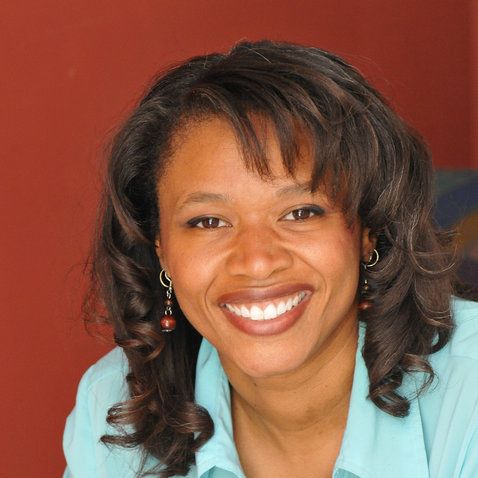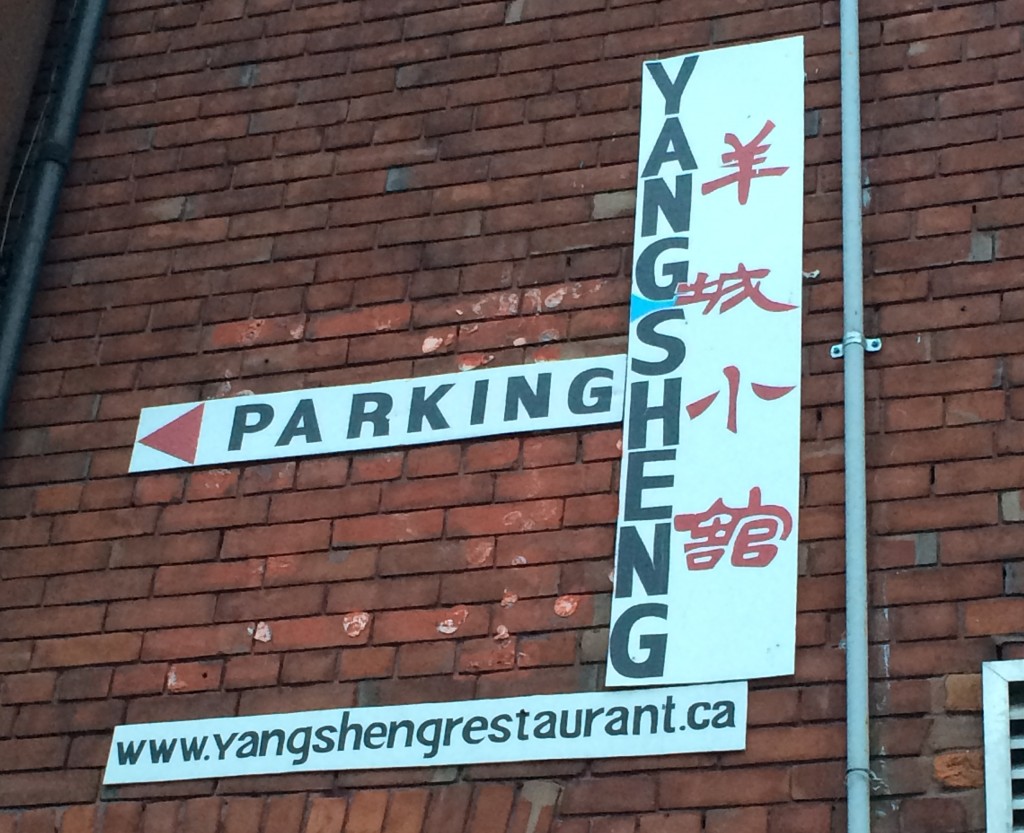The number of people killed violently by family members in Ottawa between the mid 1980s and early 1990s could fill several neighbourhood blocks.
Most victims were women and lived in the same homes as their perpetrators.
After finding few charges were laid against domestic abusers, the Ottawa Police create a specific domestic-dispute squad in 1991 that aimed to charge more and encourage more women to report abuse.
Twenty-five years later, experts and members of police advisory groups on violence against women find the force has a long way to go to combat domestic violence successfully.
By 1991, Ottawa Police reported responding to hundreds of domestic abuse-related calls each week, according to reports by the Ottawa Citizen.
It was in February of that year that Police deputy at the time Brian Ford would work to create the force’s first Partner Assault Unit—one that still exists today— to change how police were responding to house calls.
City police were not charging many attackers even when they had evidence, said former deputy chief of operations and Ottawa police chief Brian Ford, who retired in 2000.
“There were a number of deaths over the years that were directly related to that and the escalation of violence when we weren’t charging was significant,” he said.
Click below for a 1991 Ottawa Citizen report about the squad
Ford said the newly created Partner Assault Unit incorporated charging even if a victim states they do not wish to press charges. The assailant is charged regardless if there is enough evidence, he said.
Between 1991 and 2000 the Partner Assault Unit handled over 10,500 cases according to a 2001 report by police on domestic homicide.
The report said the introduction of the squad decreased domestic homicide by 33 per cent in 2000.
Click below for graphs from the 2001 report on homicide rates
The Partner Assault Unit continues to mishandle some cases of domestic abuse despite calls for improvement, said Leighann Burns, executive director of Harmony House women’s shelter in Ottawa.
“We have not made very impressive gains in all that time,” said Burns, who was a member of the Violence Against Women Police Advisory Committee, a group made up of people who work directly with women affected by domestic violence.
She said University of Ottawa criminology Professor Holly Johnson’s 2014 report on how police handle domestic violence is an indication the force must improve.
Johnson surveyed 219 women who had phoned police to report violence on domestic abuse, sexual assault and harassment.
Through access to police data about the number of incidents and number of charges, it was found 54 per cent of partner abuse cases resulted in a charge over five years of data.
Charging at a rate of half or less than half are the same rates that existed prior to 1991 on an annual basis, according to Ottawa Citizen articles from that year.
Five recommendations were made for Ottawa police in Johnson’s report, including monitoring more closely complaints that come in and are dismissed and to implement better training, to combat embedded societal and cultural perceptions that women should be blamed for their abuse.
Burns said police consultations within the advisory committees centred on focusing on better police investigations in order to gather more evidence that could help lead to a charge.
“It’s a very difficult system to change. Fundamentally, at this point, I doubt they will willingly make the changes that are necessary,” she said.
Ottawa police are currently undergoing a strategic review to examine their organizational structure and how resources are developed, said acting Supt. Joan McKenna.
Police are also working to create a case manager position review cases where charges aren’t laid and work to ensure a person’s safety even if there’s no charge, she said.
“Everyday when we come to work, there are people in our cell block for domestic violence, 365 days a year,” McKenna said.
“Creating awareness for domestic violence is not just a police issue, it’s everyone’s issue,” she said.
Click below for a 2014 Statistics Canada infographic on family violence
QUESTIONS
Document 1: 1991 Ottawa Citizen article
This document refers to the creation of a domestic-dispute squad and establishes why the creation of a squad was necessary. It refers to a study out of London Ontario that showed the benefits of charging even when a spouse does not wish to press charges. It indicates that prior to 1991, police viewed spousal abuse issues as within the family and not as a straight criminal matter. This began to change at this point.
I obtained this document through a search on the Canadian Newsstand Complete database, searching for Ottawa Citizen articles published in 1991.
This document was helpful because I was unaware the Partner Assault Unit at the Ottawa police was created 25 years ago. It also explained which people were involved in the creation of the unit as well as circumstances surrounding the creation.
Document 2: Graphs from a 2001 police report
This document shows rates of spousal homicide as well as homicide rates in general from the 1970s to the end of the century. It shows in comparison how many homicides are a result of spousal abuse, and it indicates that more often than not females are the victims, not the perpetrators. The way the data is laid out also indicates what police believed to be important in 2001 which was to understand whether spousal abuse rates and an increase in murders in 1999 were related.
I found this entire document here via Google searches during my research.
This document was helpful because overall the entire document explains the progress made since 1991 and figures that I also included in my article. It was an indication of where police believed they were at in terms of combating domestic abuse by that time, which was 10 years after the squad was created.









